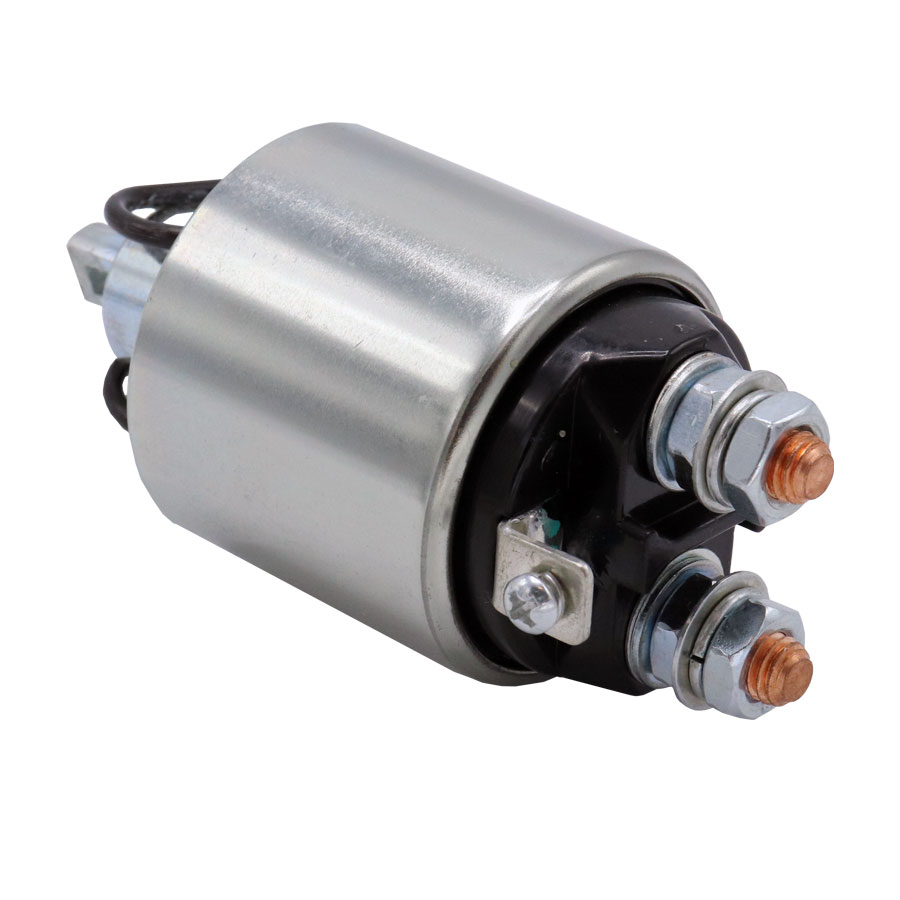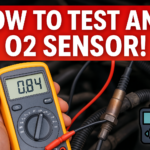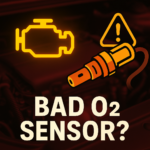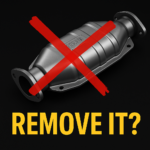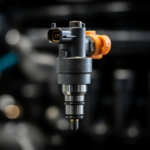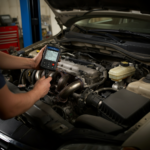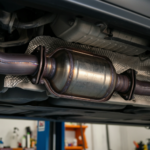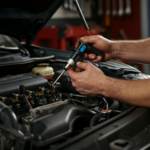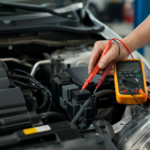When your car doesn’t start, it can be more than just a minor inconvenience; it’s a problem that puts your day on hold. One of the components often overlooked is the starter solenoid. If you’re an auto enthusiast, a DIY mechanic, or simply a car owner wanting to learn more, understanding how a starter solenoid works—and how it impacts your vehicle’s functionality—is crucial. This comprehensive guide will explain what a starter solenoid does, identify symptoms of a bad starter solenoid, and provide insights on troubleshooting and repairing common starter solenoid issues. By the end of this article, you’ll have all the tools and knowledge you need to identify and resolve starter solenoid problems.
What Does a Starter Solenoid Do?
The starter solenoid is a critical part of your car’s ignition system. Its primary role is to act as a bridge between the car battery and the starter motor when you turn the key in the ignition or press the start button.
Here’s how it works step by step:
- When you turn the key to the start position, the ignition switch sends an electrical signal to the starter solenoid.
- The solenoid engages, creating a connection between the battery cable and the starter motor.
- The current from the battery powers the starter motor, which cranks the engine and starts your vehicle.
Without a functioning starter solenoid, it’s nearly impossible to start your car.
Signs of a Bad Starter Solenoid
Like any mechanical component, starter solenoids are subject to wear and tear. Identifying the symptoms of a bad starter solenoid early can save you time and money. Here are the most common signs to look out for:
1. Clicking Noise
Hearing a click sound when you turn the key? This could indicate that the solenoid works but isn’t transferring sufficient power from the battery to the starter.
2. Car Won’t Start
If the engine fails to crank despite a fully charged car battery, the starter solenoid may be to blame.
3. Single Click or No Noise At All
A single click or complete silence when trying to start the engine suggests that the solenoid isn’t functioning as it should.
4. Intermittent Starting Problems
One of the trickiest starter solenoid problems symptoms is inconsistency. The solenoid might work one day and fail the next, leaving you scratching your head.
5. Smoke or Overheating
A bad solenoid can cause electrical issues. If you notice smoke or a burnt smell from the electrical connection, stop using your car immediately.
6. Grinding Noise
Imagine the starter motor failing to connect properly with the flywheel. This often results in a grinding noise, which can lead to starter solenoid problems and damage the flywheel.
If you notice any of these faulty starter solenoid symptoms, it’s time to investigate further.
What Causes a Starter Solenoid to Go Bad?
Solenoid failures can happen for a variety of reasons. Here are the potential culprits behind what causes a starter solenoid to go bad:
- Electrical Issues: A weak car battery or poor connections can damage the solenoid.
- Corrosion on terminals, which prevents proper current transfer.
- Wear and Tear over time, especially from repeated use.
- Improper maintenance of the electrical connection or related components.
- Heat or oil damage, which can compromise the solenoid’s integrity.
Troubleshooting and Testing a Starter Solenoid
If you’re wondering how to check if a starter solenoid is bad, here are some simple troubleshooting steps to follow:
Step 1. Listen for the Click
Turn the key to the ignition and listen for a click sound. If there’s no noise or if the car still won’t start, you’ll need to check further.
Step 2. Inspect the Battery
Start by ruling out the car battery as the problem. Use a voltmeter to ensure the battery meets the required 12 volts.
Step 3. Locate the Starter Solenoid
The solenoid car component is typically near the starter motor. Use this guide from wikiHow to locate and test the solenoid for any power or resistance issues.
Step 4. Test the Solenoid with a Test Light
Use a test light to see if the solenoid is receiving and transferring the necessary power. If it isn’t, the bad solenoid symptoms likely confirm your issue.
Step 5. Inspect for Visible Damage
Check for corrosion, dirt buildup, or loose wires on and around the solenoid.
For more detailed guidance, visit Symptom Detector for insights into diagnosing starter solenoid problems symptoms.
Repair or Replace?
Now that you know how to tell if a solenoid is bad, what should you do next?
When to Repair the Solenoid
- Minor corrosion or dirt buildup can be cleaned.
- Fixable electrical connection issues like frayed wires or loose terminals should be repaired promptly.
When to Replace the Solenoid
- Significant wear, damage, or closed or open circuit issues within the solenoid require replacement.
- Pairing a new solenoid with a new starter motor is often recommended for long-term reliability.
Why Is My Starter Solenoid Not Engaging?
If the starter solenoid doesn’t engage, common reasons include power issues, a faulty ignition switch, or a damaged internal coil.
Learn how to determine if the solenoid is part of the starter assembly (some are integrated) and address compatibility concerns when replacing parts.
Pro Tips to Prevent Bad Starter Solenoid Symptoms
Prevention is key to extending the life of your vehicle solenoid. Here’s how to keep your starter solenoid in top shape:
- Maintain proper electrical connections.
- Routinely inspect the ignition, starter relay, and ignition switch.
- Keep an eye out for early starter solenoid problems.
Drive Confidently with a Reliable Starter System
Don’t underestimate the role of a starter solenoid—it’s a small part that performs a big job. Ignoring signs of a bad solenoid can leave you stranded. But now, you know how do you know if a starter solenoid is bad and the steps to take when addressing this common car issue.
Got ongoing starter motor issues or need more advice? See our related article on Bad Starter Symptoms for more troubleshooting tips.
With these insights, you’ll be ready to handle bad starter solenoid symptoms whenever they arise.
